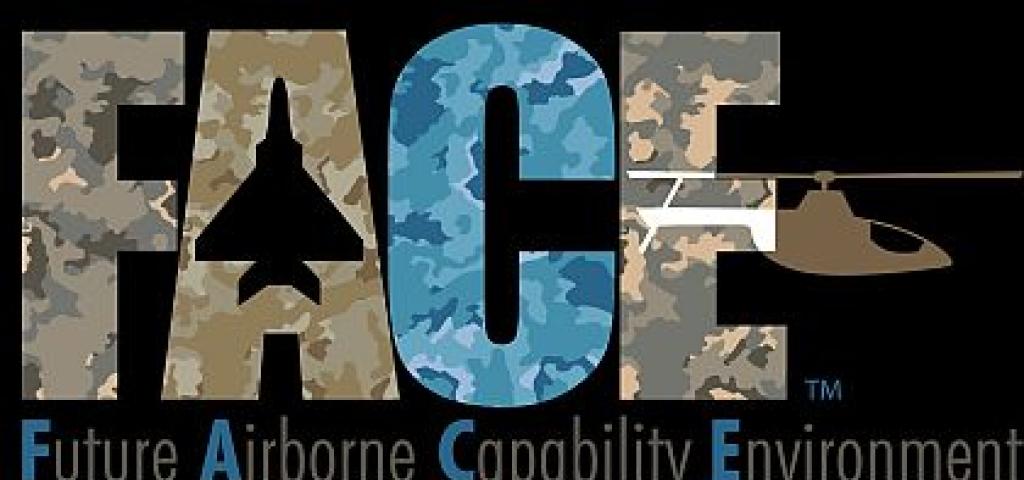
Five Reasons Why the Future Airborne Capability Environment (FACE™) is Succeeding as a Global Military Standard

1. The FACE Technical Standard is a standard of standards. The FACE Consortium has integrated the best practices of high performance standards-based solutions. The FACE Technical Standard, a standard of The Open Group, builds upon and integrates proven standards like ARINC 653, ARINC 661, ARINC 664, ARINC 729, OpenGL, and POSIX to enable the widest range of open solutions to next generation platforms. Timely and reliable movement of trusted data throughout all future military platforms is of the highest importance, and these standards accelerate the design and proliferation of trusted data solutions.
2. The FACE Business Model. The FACE initiative addresses not only the technical aspect, but, more importantly, the business aspect of creating open architectures and software product lines. The Consortium has created guidelines and processes that accelerate the adoption of this standard with benefits for both government and industry. Stringent conformance processes and supporting business procedures to ensure the legitimacy of the technical standard is upheld. The FACE procurement business model accelerates the federal acquisition process for new capabilities in an open, innovative marketplace.
3. Government Participation. The US Air Force, US Army, US Navy, US Special Forces, and coalition forces support the FACE standard. This support is proven with over 20 procurements with FACE requirements. FACE research labs are being stood up for NAVAIR and US Army AMRDEC. The FACE Technical Standard is part of US Army PEO Aviation’s Common Operating Environment (COE).
4. Government and Industry Collaboration. In addition to Government participation, The FACE Consortium, an Open Group consortium, includes every US DoD avionics prime contractor and most Tier 1 suppliers as members. This list is steadily growing to over 70 organizations and over 900 individuals, including BAE Systems, Bell Helicopter, Boeing, Elbit Systems of America, GE Aviation Systems, General Dynamics, Green Hills Software, Harris Corporation, Honeywell Aerospace, IBM, Lockheed Martin, Northrop Grumman, Raytheon, Rockwell Collins, Sierra Nevada Corp., Sikorsky Aircraft, Textron Systems, UTC Aerospace Systems, and Wind River.
5. FACE Consortium Productivity. The Consortium was formed in June of 2010. Within 18 months of its formation, the Consortium published the initial editions of the FACE Business Guide and FACE Technical Standard. In the past 3 years the Consortium developed and published a wide range of comprehensive business and technical documents, including the FACE Technical Standard Editions 2.0 , 2.1 and corresponding Shared Data Models, FACE Conformance Test Suite, FACE Conformance Policy, FACE Conformance Authorities Plan, FACE Conformance Statement, FACE Verification Statement, FACE Conformance Verification Matrix User’s Guide, FACE Conformance Verification Matrix, and the FACE Library Requirements Document. These documents are all available for free download via the consortium website here.

